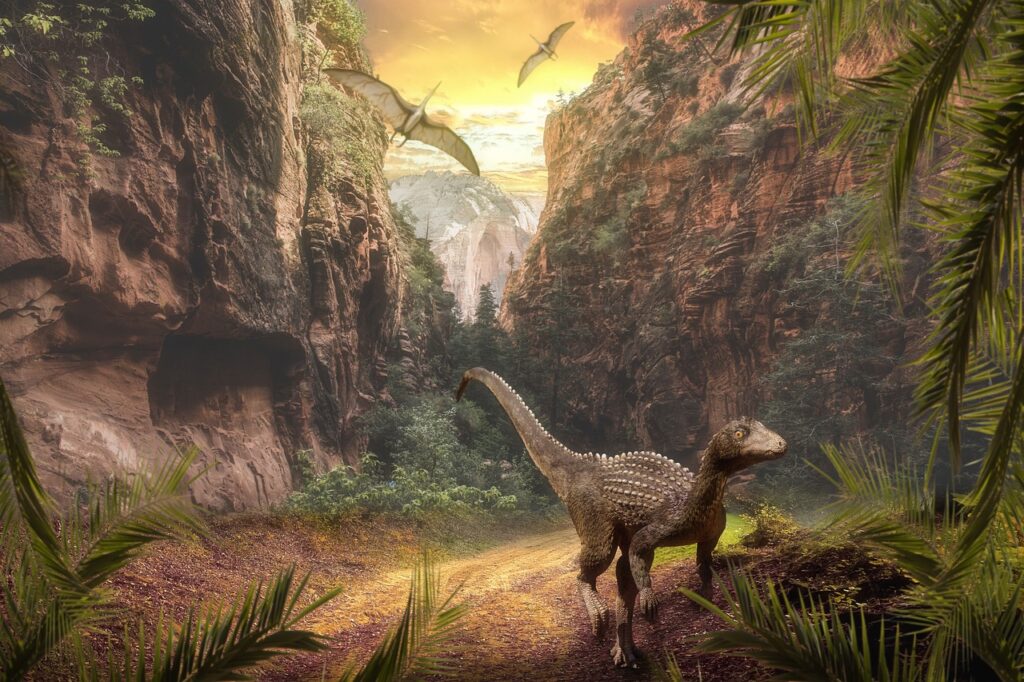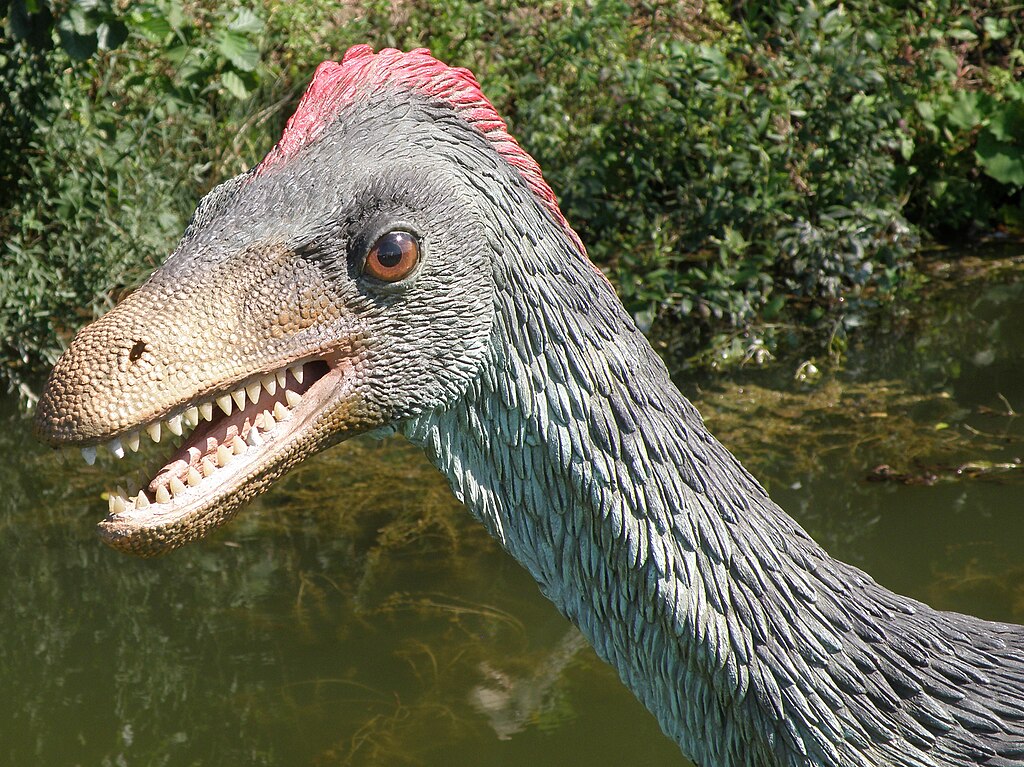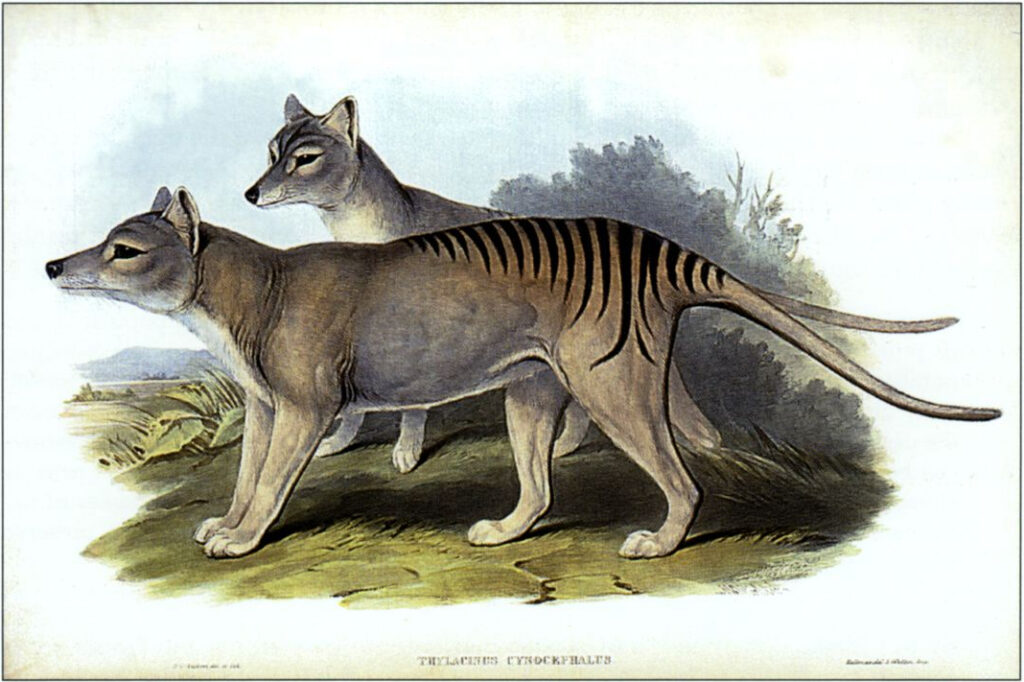Imagine standing in a world where massive sauropods still graze in vast meadows, where the thunderous roar of a T. rex echoes through ancient forests, and where pterosaurs soar overhead casting shadows on bustling cities below. This isn’t just the stuff of science fiction – it’s a tantalizing possibility that haunts paleontologists and captivates our imagination. The question isn’t whether dinosaurs could have survived, but rather how dramatically different our planet would look today if that fateful asteroid had struck elsewhere 66 million years ago.
The Chicxulub Impact: A Cosmic Game Changer
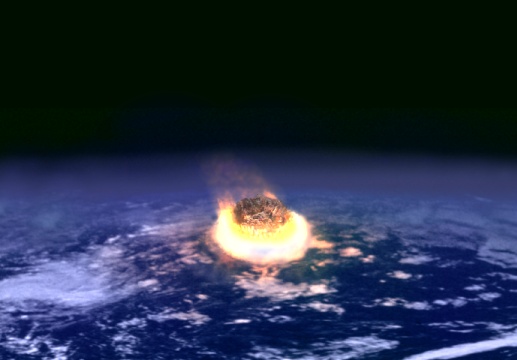
The Chicxulub crater in Mexico’s Yucatan Peninsula marks the spot where Earth’s destiny changed forever. This massive asteroid, roughly 6 to 10 miles in diameter, slammed into our planet with the force of billions of nuclear bombs. The impact created a crater over 100 miles wide and triggered a chain reaction of catastrophic events that would reshape life on Earth.
Scientists have calculated that the asteroid hit at the worst possible angle – roughly 60 degrees – maximizing the amount of debris ejected into the atmosphere. The impact vaporized massive amounts of rock, sending sulfur-rich particles and dust high into the stratosphere. This cosmic collision didn’t just create a crater; it essentially turned Earth’s atmosphere into a suffocating blanket of darkness.
When Location Matters: The Deadly Geography
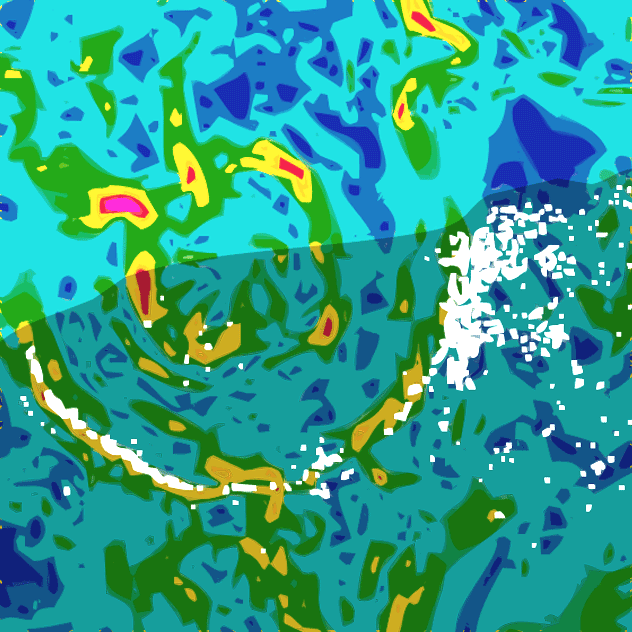
The Yucatan Peninsula wasn’t just any random target – it was arguably one of the worst places on Earth for such an impact. The region was rich in sulfur-bearing rocks, particularly anhydrite, which when vaporized created massive clouds of sulfur dioxide. These particles reflected sunlight back into space, plunging the planet into what scientists call an “impact winter.”
If the same asteroid had struck a different location with less sulfur content, the environmental consequences would have been dramatically different. Areas with primarily granite or basalt composition would have produced far less atmospheric sulfur, potentially allowing more sunlight to reach Earth’s surface. The difference between survival and extinction for many species may have hinged on this geological lottery.
The Ocean Strike Scenario: A Watery Grave or Salvation?
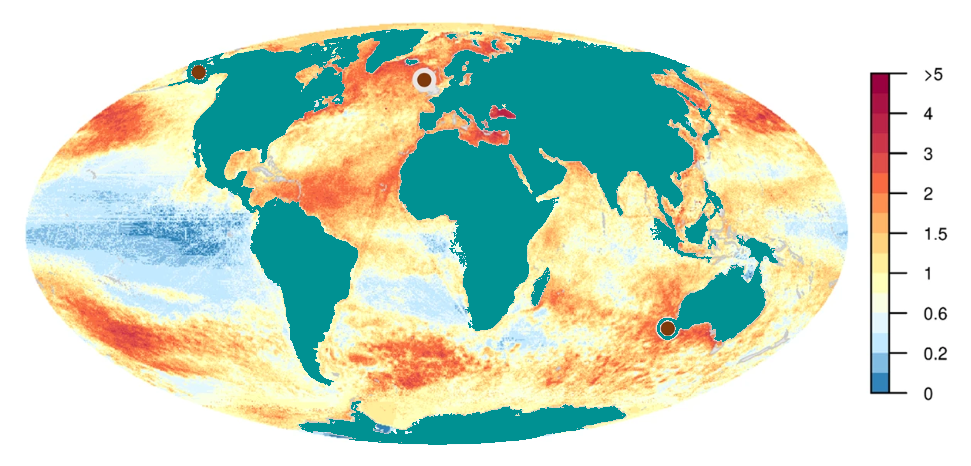
Picture the asteroid plunging into the deep Pacific Ocean instead of the shallow seas around Yucatan. An oceanic impact would have created colossal tsunamis – waves potentially hundreds of feet high racing across ocean basins at jet speeds. Coastal ecosystems would have been devastated, but the atmospheric effects might have been less severe.
Water doesn’t contain the same toxic compounds as sulfur-rich rock formations. While the impact would still have ejected massive amounts of water vapor and some seafloor sediments into the atmosphere, the global cooling effect might have been shorter-lived. Marine life would have faced immediate devastation, but terrestrial dinosaurs might have had a fighting chance to adapt and survive.
The Siberian Traps Alternative: Trading One Disaster for Another
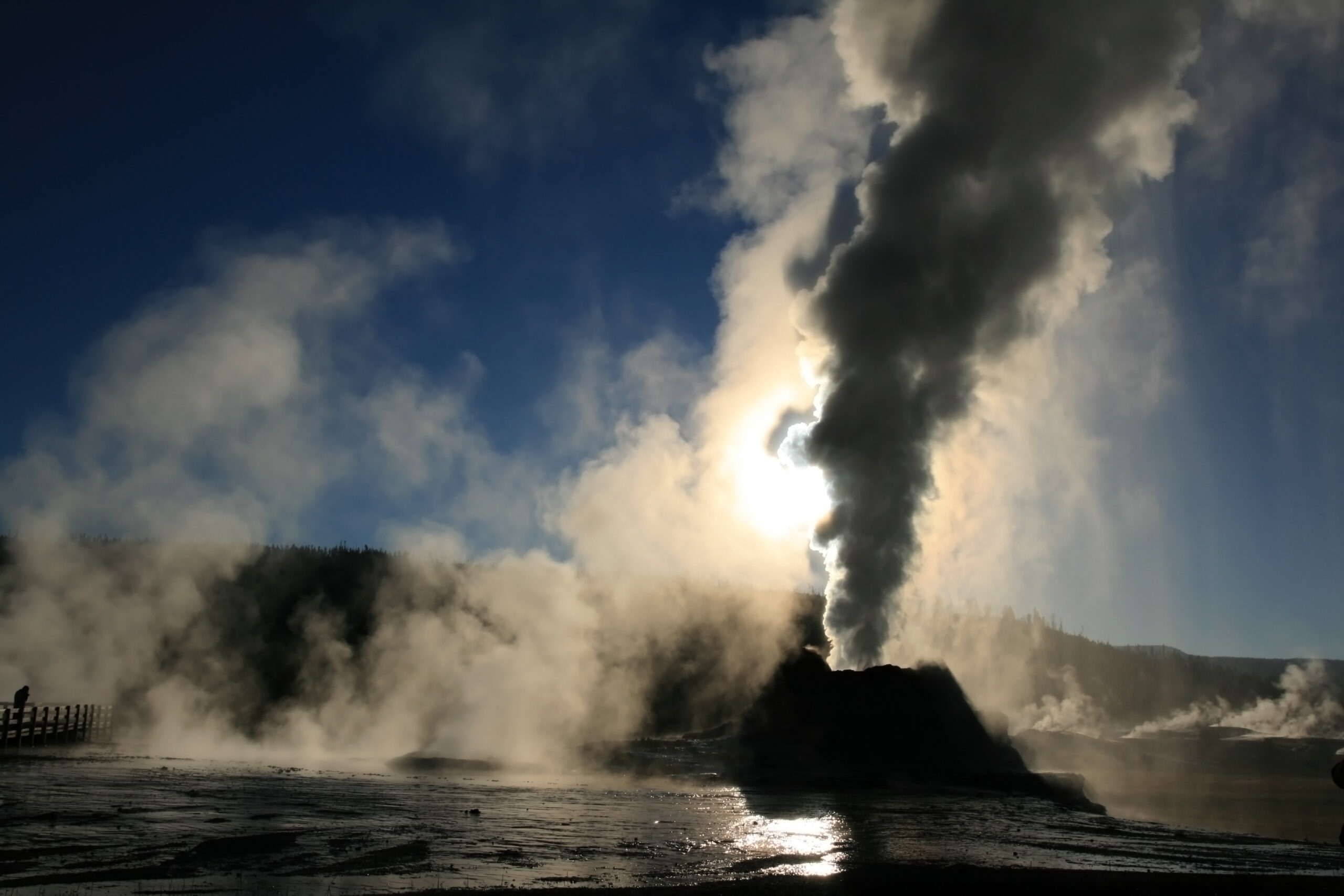
What if the asteroid had struck the Siberian Traps, a region already scarred by massive volcanic activity? This area had been spewing lava and toxic gases for thousands of years, creating one of Earth’s largest volcanic provinces. An impact here might have either triggered even more catastrophic volcanism or, paradoxically, provided a release valve for the built-up geological pressure.
The combination of impact debris and volcanic gases could have created an even more toxic atmosphere than the actual Chicxulub event. However, some scientists speculate that the impact might have disrupted the volcanic activity, potentially preventing the prolonged environmental stress that volcanism was already causing. This scenario represents a fascinating case of geological Russian roulette.
Desert Impact: When Less is More
Consider an impact in the heart of the Sahara Desert or Australia’s interior – vast, dry regions with minimal vegetation and sparse animal populations. The immediate devastation would have been localized, affecting fewer ecosystems directly. Desert rocks typically contain less sulfur than marine sedimentary rocks, potentially reducing the global atmospheric poisoning.
The lack of water bodies in these regions means less steam injection into the atmosphere, and the absence of dense vegetation means fewer immediate fires. While the impact would still have created a massive crater and ejected debris globally, the reduced chemical complexity of the ejecta might have allowed ecosystems elsewhere to recover more quickly.
The Polar Paradox: Ice, Fire, and Everything Nice
An asteroid impact at either pole would have created a unique set of consequences. The massive ice sheets would have vaporized instantly, sending enormous amounts of water vapor into the atmosphere. This could have created a temporary greenhouse effect, warming the planet initially before the dust and debris caused cooling.
Polar impacts might have been less devastating because these regions had fewer complex ecosystems to disrupt immediately. The ice would have absorbed much of the impact energy, and the resulting steam clouds, while dramatic, would have been less toxic than the sulfur-rich clouds from Chicxulub. However, the sudden melting of polar ice would have caused dramatic sea level changes, reshaping coastlines worldwide.
Continental Shelf Strikes: The Goldilocks Zone
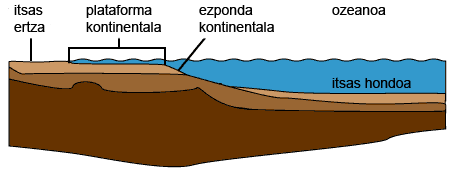
Scientists have identified continental shelf areas as potentially “safer” impact zones. These regions, where continents meet oceans, might have provided the perfect balance of environmental disruption and recovery potential. The impact would have created tsunamis and ejected both rock and water into the atmosphere, but without the extreme sulfur content of Chicxulub.
Continental shelves often have diverse geological compositions that could have resulted in a more varied but less uniformly toxic atmospheric cocktail. The presence of both marine and terrestrial ecosystems nearby might have provided multiple pathways for species to adapt and survive the immediate aftermath.
The Volcanic Shield Alternative: Bouncing Off Earth’s Armor
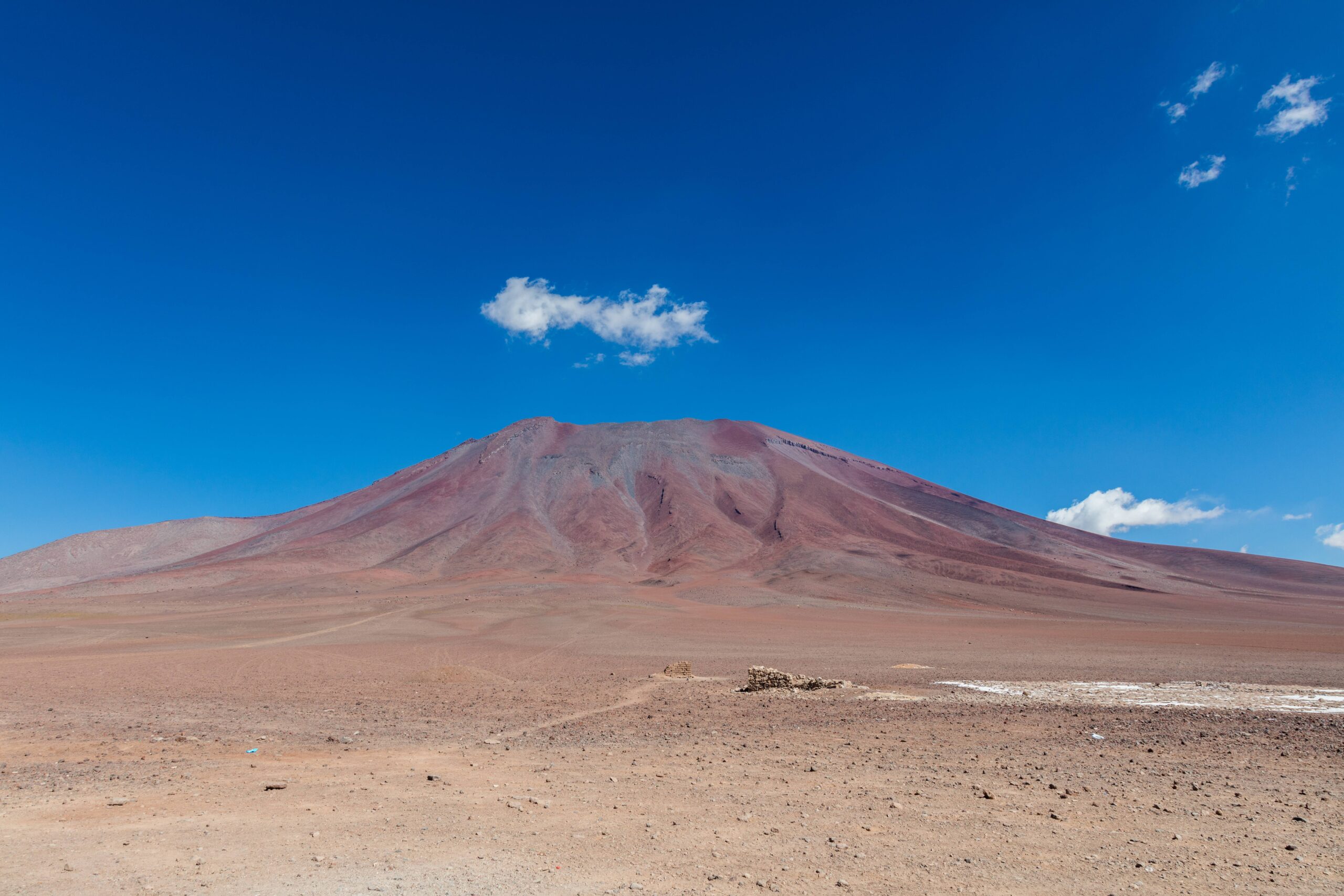
Large volcanic shield formations, like those in Hawaii or Iceland, present fascinating alternative impact scenarios. These areas are characterized by dense basaltic rock that might have absorbed impact energy differently than the limestone and evaporite rocks of Yucatan. The impact might have triggered new volcanic activity, but basaltic eruptions tend to be less explosively violent than other types.
The thick, solid rock of shield volcanoes might have prevented the asteroid from penetrating as deeply into the Earth’s crust, potentially reducing the amount of vaporized rock material. However, the activation of volcanic systems could have created prolonged environmental stress, trading immediate catastrophe for long-term geological upheaval.
Mountain Range Impacts: Nature’s Speed Bumps
Consider the asteroid slamming into a major mountain range like the Himalayas or the Rockies. The complex topography would have created unusual impact dynamics, potentially deflecting and dispersing the energy across a wider area. Mountain ranges often contain diverse rock types, from metamorphic to igneous, each responding differently to extreme impact forces.
The high altitude of mountain impacts might have injected debris directly into the upper atmosphere, but the varied mineral composition could have created a less uniformly toxic global environment. Additionally, the natural barriers created by mountain ranges might have protected some ecosystems from immediate devastation while exposing others to concentrated destruction.
The Timing Factor: When 66 Million Years Ago Wasn’t So Bad
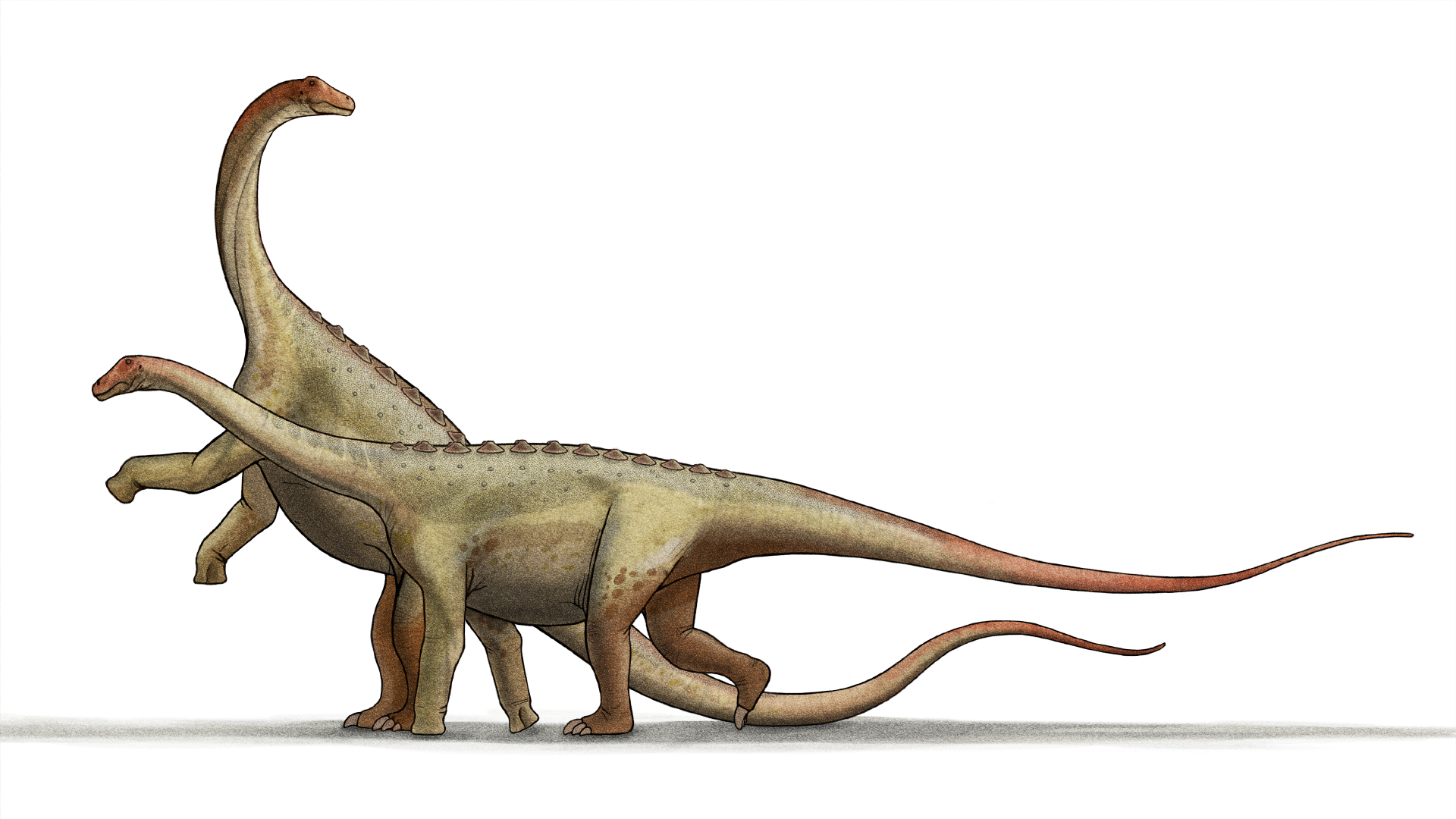
The Late Cretaceous period, when the asteroid actually struck, was characterized by high sea levels, warm global temperatures, and diverse ecosystems. Dinosaurs were thriving in a world very different from today’s Earth. An impact during this period had maximum potential for global ecosystem disruption because life was so interconnected and widespread.
If the same asteroid had struck during a different geological period – perhaps during an ice age or when sea levels were lower – the consequences might have been dramatically different. The existing climate conditions and ecosystem distributions play crucial roles in determining how life responds to catastrophic events.
Dinosaur Adaptability: The Survival Question
Modern research suggests that dinosaurs were far more adaptable than previously thought. Some species showed remarkable ability to survive in diverse environments, from arctic conditions to desert extremes. Many dinosaur species had already survived multiple smaller extinction events and environmental changes throughout their evolutionary history.
The key factor in dinosaur survival would have been the duration and severity of environmental disruption. If an alternative impact location had created shorter-term climate effects, many dinosaur species might have been able to adapt their feeding habits, migrate to more suitable areas, or enter temporary dormancy periods. The smaller dinosaur species, in particular, might have had advantages in surviving resource scarcity.
The Mammal Connection: Competition vs. Cooperation
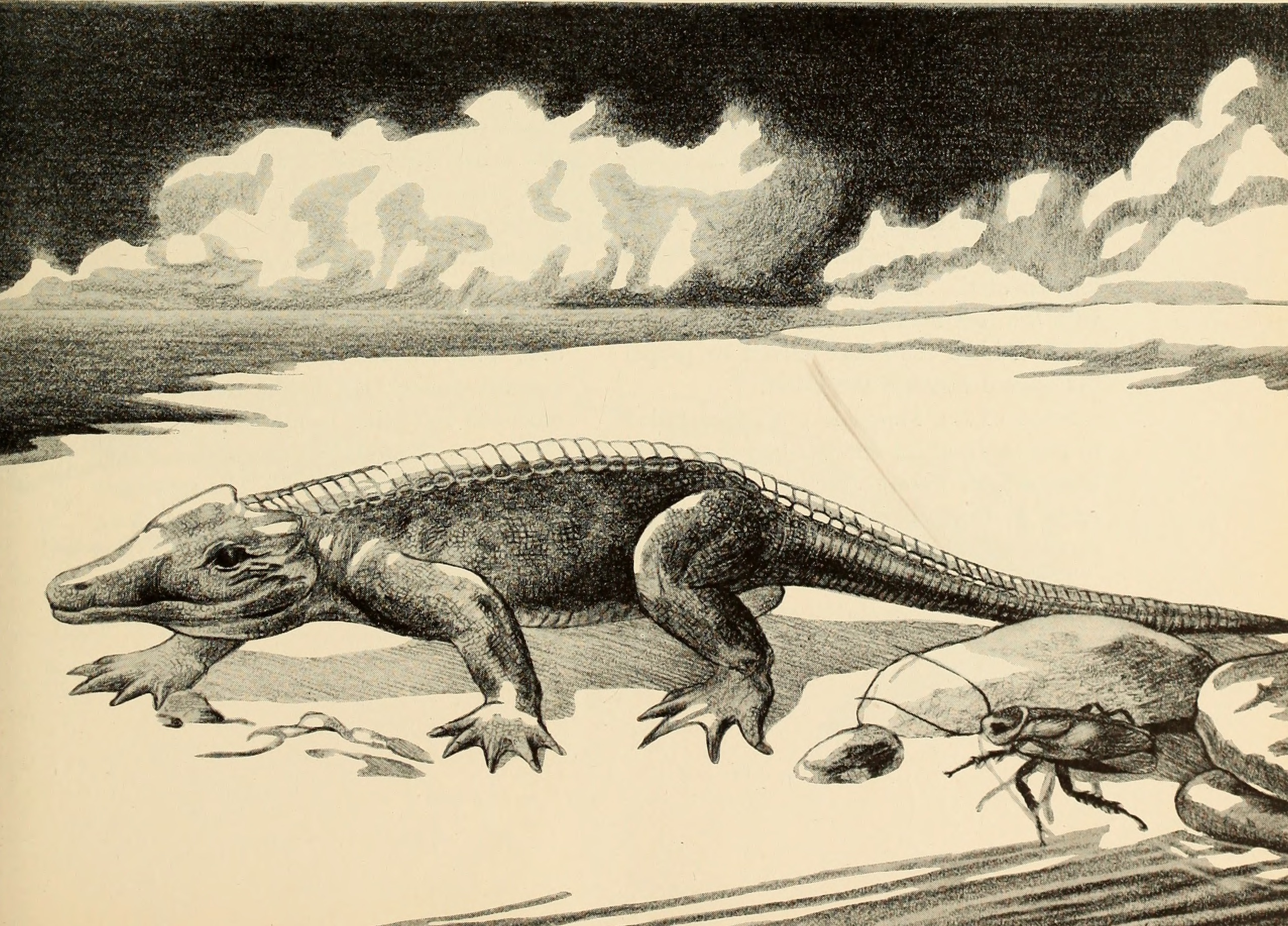
In our timeline, the extinction of dinosaurs created ecological niches that mammals rapidly filled. However, in a world where dinosaurs survived, the evolutionary pressure on mammals might have been entirely different. Instead of diversifying into large body sizes, mammals might have remained primarily small, specialized creatures.
This scenario raises fascinating questions about human evolution. Would our primate ancestors have ever evolved intelligence and tool use in a world dominated by dinosaurs? Or might we have developed entirely different evolutionary strategies, perhaps remaining arboreal or developing different forms of intelligence altogether?
Environmental Recovery: The Long Game
The recovery time from the asteroid impact would have varied dramatically depending on the location and resulting environmental effects. While the actual Chicxulub impact created conditions that took millions of years to fully recover from, alternative impact scenarios might have allowed much faster ecosystem restoration.
Regions with less severe atmospheric disruption might have seen vegetation recovery within decades rather than centuries. This faster recovery could have prevented the complete collapse of herbivore populations that ultimately led to carnivore extinction. The survival of plant communities would have been crucial for maintaining the complex food webs that supported dinosaur diversity.
The Butterfly Effect: Small Changes, Massive Consequences
The concept of the butterfly effect suggests that small changes in initial conditions can lead to dramatically different outcomes. In the case of the asteroid impact, seemingly minor differences in location, angle, or timing could have cascaded into completely different evolutionary trajectories for life on Earth.
A world where dinosaurs survived might have developed entirely different technological pathways. Perhaps dinosaur intelligence would have evolved, leading to civilizations based on biological rather than mechanical technology. The absence of fossil fuels from dinosaur remains might have driven alternative energy development much earlier in Earth’s history.
Modern Implications: What We’ve Lost and Gained
The extinction of dinosaurs ultimately led to the rise of mammals and, eventually, human civilization. Our modern world, with its technologies, cultures, and environmental challenges, exists because dinosaurs disappeared. In many ways, we are the inheritors of a cosmic accident that cleared the evolutionary stage for mammalian dominance.
Yet the loss of dinosaurs also represents one of the greatest biodiversity catastrophes in Earth’s history. The unique ecological roles that dinosaurs filled – from massive herbivores that shaped entire landscapes to specialized predators that maintained ecosystem balance – disappeared forever. Understanding these alternative scenarios helps us appreciate both what we’ve gained and what was lost in that moment 66 million years ago.
The story of the asteroid impact reminds us how fragile and contingent life on Earth truly is. A difference of a few hundred miles in impact location might have preserved the age of dinosaurs for millions more years, fundamentally altering the course of evolution and the eventual emergence of human civilization. While we can never know for certain what would have happened if that cosmic projectile had struck elsewhere, the very possibility challenges us to think differently about extinction, survival, and the incredible diversity of life that our planet has supported. What other evolutionary miracles might have been possible if that asteroid had just missed its mark?

